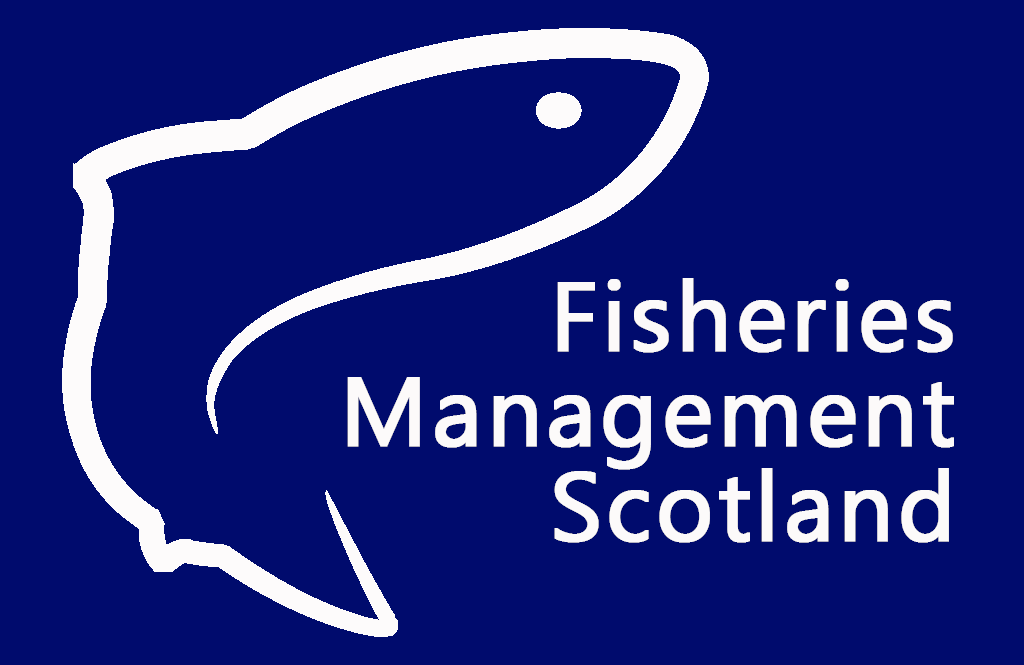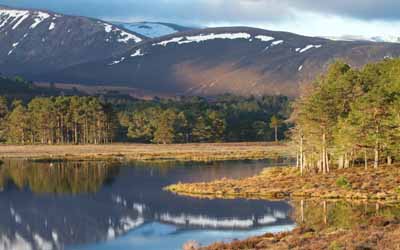Scotland’s peatlands, and the people, communities and wildlife that depend on them, are set to benefit from the highest-ever round of restoration funding this year.
NatureScot Peatland ACTION is currently issuing funding offers for practical peatland restoration work starting in 2025/26 worth more than £20m over three years. Almost £15m of that work is due to be carried out in 2025/26 alone, supporting at least 400 green jobs in the sector. This is the highest round of peatland restoration funding ever awarded by the organisation. It will help pay to put 64 degraded peatland sites across Scotland on the road to recovery, with over 12,000ha set to be brought back to health. That’s the size of nearly 30,000 football pitches.
Healthy peatlands – where the water table is close to the surface to keep the peat wet – are the world’s largest and most efficient land-based store of carbon. Despite covering only 3% of the land, they store twice as much carbon as all the world’s forests. They are also vital for many kinds of wildlife that can’t live anywhere else. And Scotland punches above its weight when it comes to peat – with 13% of the planet’s blanket bogs found here.
But around three quarters of our peatlands have been damaged by historic drainage, forestry, and overgrazing, drying them out so that they are emitting carbon rather than storing it. They are currently responsible for 15% of Scotland’s annual carbon emissions – around the same as transport.
Since 1990 over 90,000 hectares of damaged peatland have been put on the road to recovery in Scotland, but this work needs to speed up to help tackle the climate and biodiversity crisis. That’s why the Scottish Government has committed £250m over 10 years to restore 250,000ha of peatlands by 2030 through the Peatland ACTION Partnership.
Commenting on this year’s record funding, Claudia Rowse, NatureScot Deputy Director – Green Economy said:
‘I’m delighted that our funding will restore so much more peatland over the next year. The best thing about restoring peatlands is that everyone benefits. As well as being good for nature and climate action, it provides jobs, often in remote rural locations, and helps to protect communities and businesses from flooding and wildfire risk. It’s a triple win for people, nature and climate.’
READ MORE: NATURESCOT

